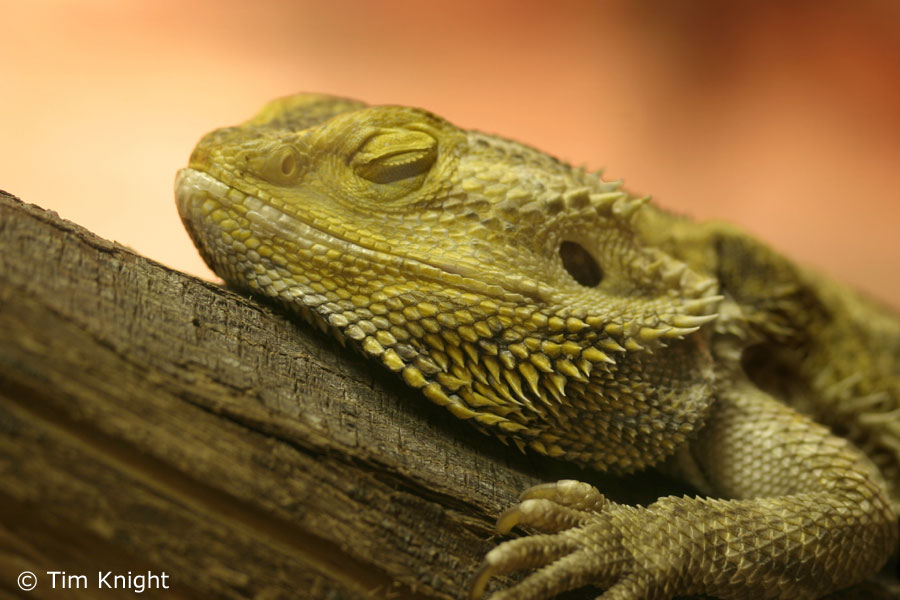Bearded Dragon Female: Everything You Need to Know
Bearded Dragon Female: Understanding Gender in Reptiles
Bearded dragons are a popular choice for pet reptiles, and owning one of these fascinating animals can be a rewarding experience. However, it’s important to understand the different genders of bearded dragons in order to properly care for them. In this article, we’ll take a closer look at female bearded dragons, including their characteristics, behavior, and care needs.
Physical Characteristics of Female Bearded Dragons
Female bearded dragons tend to be smaller than males, with a less bulky appearance. They also have shorter tails and a less pronounced chin beard than their male counterparts. Additionally, female bearded dragons have smaller femoral pores, which are used for releasing pheromones to attract a mate. These pores are located on the underside of the thighs.
Behavior of Female Bearded Dragons
Female bearded dragons tend to be less territorial and aggressive than males, especially during breeding season. They also tend to be more active during the day and less likely to brumate, which is a type of hibernation common in reptiles. However, it’s still important to provide a comfortable and stress-free environment for your female bearded dragon, with plenty of hiding spots, UVB lighting, and a basking area.
Caring for Female Bearded Dragons
Proper care is essential for the health and happiness of your bearded dragon, regardless of their gender. Here are some important tips for caring for female bearded dragons:
Housing and Enclosure
Female bearded dragons require a spacious enclosure, with a minimum size of 40 gallons for juveniles and up to 120 gallons for adults. The enclosure should also include a basking area with a heat lamp, a UVB lamp, and a hiding spot. The substrate can be paper towels, reptile carpet, or tile. Avoid using sand or loose substrate, as it can pose a risk of impaction.
Temperature and Lighting
Bearded dragons need a basking area with a temperature of 100-110°F, and a cooler area with a temperature of 75-85°F. The enclosure should also have a UVB lamp, which helps with calcium absorption and prevents metabolic bone disease. It’s important to provide a 12-hour light and 12-hour dark cycle, mimicking their natural habitat.
Feeding and Nutrition
Female bearded dragons are omnivores, meaning they eat both insects and vegetation. Juveniles should be fed twice a day, while adults can be fed once a day or every other day. Feed them a varied diet, including crickets, mealworms, dubia roaches, and dark leafy greens like collard greens and mustard greens. Avoid feeding them high-fat and high-sugar foods, including fruit and fatty insects like waxworms.
Health and Wellness
Female bearded dragons are prone to a number of health conditions, including metabolic bone disease, respiratory infections, and parasites. It’s important to keep their enclosure clean, monitor their behavior and appetite, and take them to a reptile veterinarian for regular check-ups.





Final Thoughts
Female bearded dragons can make wonderful pets, as long as you provide them with the proper care and attention they need. By understanding their physical characteristics, behavior, and care needs, you can create a safe and comfortable environment for your bearded dragon female to thrive in. If you have any questions or concerns about caring for your female bearded dragon, consult with a reputable reptile veterinarian or experienced reptile owner.
